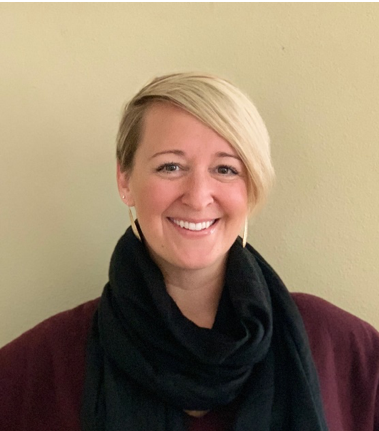
Hi there! I’m JoAnna Hillman, Director of Research and Evaluation for Emory Centers for Training and Technical Assistance at Emory University.
I do most of my evaluation teaching in a professional development environment (in public health), rather than a traditional classroom setting. I find many learners have been exposed to evaluation theory in their education, however, their primary role is not as an evaluator and they struggle with putting their knowledge into practice. In these situations, we meet learners where they are, as we don’t want them to avoid evaluating their programs altogether. They usually don’t need more instruction, they need more troubleshooting in a safe and guided environment. In settings where budgets are limited, but demands remain high for evaluation, empowering professionals to practice evaluation, to seek help when stuck, and to expand their evaluation knowledge will mean richer evaluations of programs in those fields.
Lessons Learned:
- Administer a pre-assessment in advance of your training. Ask learners to rate their level of understanding of evaluation topics and their confidence level in applying their knowledge to work in practice. Adjust accordingly!
- Keep the didactic content and your power point slides to a minimum. Chances are, the learners are somewhat familiar with the theories and frameworks you plan to cover. If you spend too much time on reintroducing them to something they already know, you’ll lose the audience. Raise concepts through discussions and check their understanding and experiences (or share your own experience). Chime in to elaborate and provide corrections or clarification. This provides a fun, applied opportunity for peer teaching and allows learners to recognize their peers as resources.
Hot Tips:
- Incorporate activities into the training. I’ve found Preskill and Russ-Eft’s Building Evaluating Capacitybook to be useful for creative inspiration for activities, bonus points if you adapt these activities so they can work on real evaluation examples. Learners will be more apt to play along if they know they are going to get something out of it. This way learners can work through real-life barriers they are facing. When they have breakthroughs and sighs of relief during the workshop, you’ll know you’ve taught them well and built their confidence.
- Face the hard stuff head on. Don’t avoid the messiness that can happen in evaluation. Talk openly about evaluation anxiety, what happens when data collection doesn’t go as planned, or what to do when priorities change and their evaluation plans fall apart. Share your own evaluation horror stories, and more importantly, how you’ve salvaged your work and moved forward. This establishes a trusting environment and empowers learners to not get discouraged when things go wrong.
The American Evaluation Association is celebrating TOE TIG Week with our colleagues in the Teaching of Evaluation Topical Interest Group. The contributions all this week to aea365 come from our TOE TIG members. Do you have questions, concerns, kudos, or content to extend this aea365 contribution? Please add them in the comments section for this post on the aea365 webpage so that we may enrich our community of practice. Would you like to submit an aea365 Tip? Please send a note of interest to aea365@eval.org. aea365 is sponsored by the American Evaluation Association and provides a Tip-a-Day by and for evaluators.
